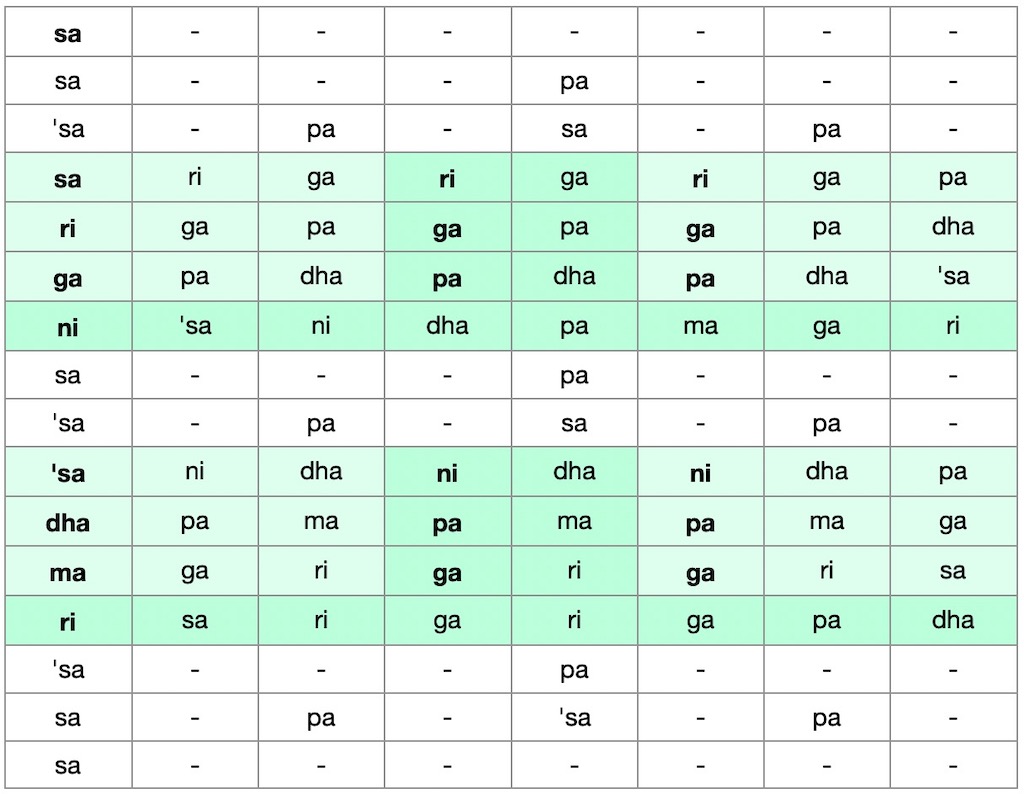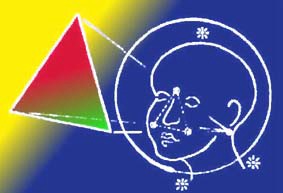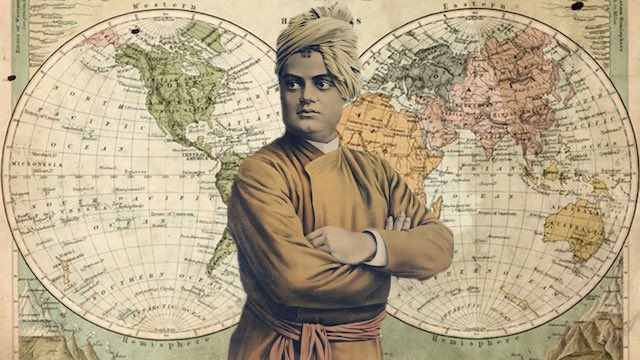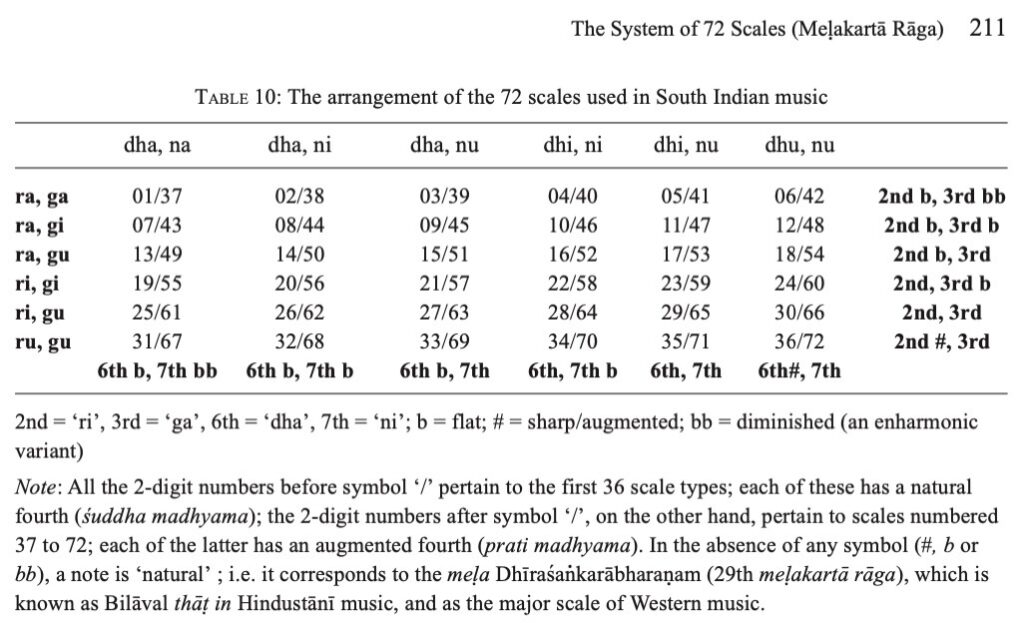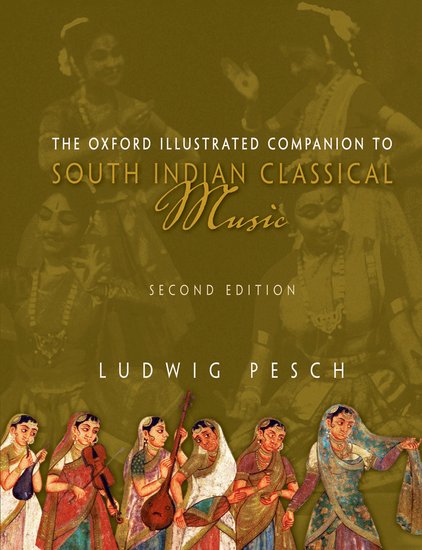Ethnomusicology can be considered as the holistic and cultural study of music existing in various folk, tribal and other ethnic societies.
Details
Ethnomusicology can be considered as the holistic and cultural study of music existing in various folk, tribal and other ethnic societies. The discipline ethnomusicology deals with the study of music from a social and cultural perspective and aims to survey and analyze the music traditions of various cultures. Ethnomusicology also emphasizes the study of music of one’s own and other cultures which promotes the intercultural perspective of music. Initially, the Indo-British interrelationship paved the way for intercultural communication through musical works and set the foundation for ethno musicological study in India. Ethnomusicology emerged in India during the British period when western authors started to write about Indian music in English language mainly for western readerships. Intercultural aspects can be found in all styles of music because of the cultural changes in societies that are induced by the changing reigns of rulers in the different ages of a nation‟s history. […]
After the 1980s, concepts of anthropology and musicology merged and more emphasis was placed on the observation of the process of musical creation, as seen in improvisations and performances. The focus of the study has shifted towards making critical examinations, rather than collecting abstract information. […]
Source: “Emergence of Ethnomusicology As Traced in Indian Perspectives” by Bisakha Goswami (Assistant Professor in Musicology, Rabindra Bharati University)
URL: https://www.academia.edu/10205543/Eemergence_of_Ethnomusicology_As_Traced_in_Indian_Perspectives
Date Visited: 8 September 2023
Classical music is the most refined and sophisticated music to be found in the subcontinent of India. There are many other forms, however, which have a specific function in the society, and these are by no means devoid of artistic expression. The great diversity of music in India is a direct manifestation of the diversity and fragmentation of the population in terms of race, religion, language, and other aspects of culture. The process of acculturation, so accelerated in modern times, is still not a very significant factor in many areas of the country. There remain remote pockets where tribal societies continue to live much as they have done for centuries.
“Tribal, Folk and Devotional Music” by NA [Nazir Ali] Jairazbhoy in AL Basham (ed.). A Cultural History of India. London: Oxford University Press, 1975, pp. 234-237.
There is a need for intercultural education. We all need to work together to bridge these divides not only between religions and castes but also regions. It is not correct to think that one part is better than the other. Some of the limitations of India as a whole are due to our common heritage, say the one that has restricted women from having a flourishing life for themselves.
Source: Prof. V. Santhakumar (Azim Premji University) in “On the so called North-South Divide in India” | Read the full blogpost: Economics in Action (13 April 2024) >>
Some clarifications on caste-related issues by reputed scholars
Understanding “caste” in the context of Indian democracy: The “Poona Pact of 1932”
“Mahatma Gandhi and BR Ambedkar differed over how to address caste inequities through the electoral system. Their exchanges led to the Poona Pact of 1932, which shaped the reservation system in India’s electoral politics. […]
Two prominent figures who have significantly contributed to this discourse are Mahatma Gandhi, Father of the Nation, and Bhimrao Ramji Ambedkar, Father of the Constitution. The two stalwarts of Indian politics, while revered equally by the public, had contrasting views on the caste system. Their subsequent debates have shaped the course of Indian society and politics. While Gandhi denounced untouchability, he did not condemn the varna system, a social hierarchy based on occupation, for most of his life. He believed in reforming the caste system through the abolition of untouchability and by giving equal status to each occupation. On the other hand, BR Ambedkar, a Dalit himself, argued that the caste system disorganised and ‘demoralised Hindu society, reducing it to a collection of castes’. […]
And yet, despite their differences, they developed an understanding to work for the betterment of the marginalised.” – Rishabh Sharma in “How Ambedkar and Gandhi’s contrasting views paved way for caste reservation” (India Today, 6 October 2023)
URL: https://www.indiatoday.in/history-of-it/story/ambedkar-gandhi-caste-system-poona-pact-1932-reservation-2445208-2023-10-06
~ ~ ~
“That upper caste groups should declare themselves to be OBCs [Other Backward Castes] and want to avail of the reservation policy is a pandering to caste politics of course, as also are caste vote-banks. It is partially a reflection of the insecurity that the neo-liberal market economy has created among the middle-class. Opportunities are limited, jobs are scarce and so far ‘development’ remains a slogan. There’s a lot that is being done to keep caste going in spite of saying that we are trying to erode caste. We are, of course, dodging the real issue. It’s true that there has been a great deal of exploitation of Dalit groups and OBC’s in past history; making amends or even just claiming that we are a democracy based on social justice demands far more than just reservations. The solution lies in changing the quality of life of half the Indian population by giving them their right to food, water, education, health care, employment, and social justice. This, no government so far has been willing to do, because it means a radical change in governance and its priorities.” – Romila Thapar (Emeritus Professor of History, Jawaharlal Nehru University) interviewed by Nikhil Pandhi (Caravan Magazine, 7 October 2015)
URL: https://caravanmagazine.in/vantage/discipline-notion-particular-government-interview-romila-thapar
~ ~ ~
“Casteism is the investment in keeping the hierarchy as it is in order to maintain your own ranking, advantage, privilege, or to elevate yourself above others or keep others beneath you …. For this reason, many people—including those we might see as good and kind people—could be casteist, meaning invested in keeping the hierarchy as it is or content to do nothing to change it, but not racist in the classical sense, not active and openly hateful of this or that group.” – Book review by Dilip Mandal for Caste: The Origins of Our Discontents (The Print, 23 August 2020)
URL: https://theprint.in/opinion/oprah-winfrey-wilkerson-caste-100-us-ceos-indians-wont-talk-about-it/487143/
~ ~ ~
“The theoretical debate on caste among social scientists has receded into the background in recent years. [However] caste is in no sense disappearing: indeed, the present wave of neo-liberal policies in India, with privatisation of enterprises and education, has strengthened the importance of caste ties, as selection to posts and educational institutions is less based on merit through examinations, and increasingly on social contact as also on corruption. There is a tendency to assume that caste is as old as Indian civilization itself, but this assumption does not fit our historical knowledge. To be precise, however, we must distinguish between social stratification in general and caste as a specific form. […]
From the early modern period till today, then, caste has been an intrinsic feature of Indian society. It has been common to refer to this as the ‘caste system’. But it is debatable whether the term ‘system’ is appropriate here, unless we simply take for granted that any society is a ‘social system’. First, and this is quite clear when we look at the history of distinct castes, the ‘system’ and the place various groups occupy within it have been constantly changing. Second, no hierarchical order of castes has ever been universally accepted […] but what is certain is that there is no consensus on a single hierarchical order.” – Harald Tambs-Lyche (Professor Emeritus, Université de Picardie, Amiens) in “Caste: History and the Present” (Academia Letters, Article 1311, 2021), pp. 1-2
URL: https://www.academia.edu/49963457
~ ~ ~
“There is a need for intercultural education. We all need to work together to bridge these divides not only between religions and castes but also regions. It is not correct to think that one part is better than the other. Some of the limitations of India as a whole are due to our common heritage, say the one that has restricted women from having a flourishing life for themselves.” – Prof. V. Santhakumar (Azim Premji University) in “On the so called North-South Divide in India” (personal blog post in Economics in Action, 13 April 2024)
URL: https://vsanthakumar.wordpress.com/2024/04/13/on-the-so-called-north-south-divide-in-india/
There is a continuing association of apsaras with heroes, as for instance in the hero-stones of later times, which show the hero being taken up to heaven by apsaras arter he has died in battle. There is also an association with heavenly musicians, the Gandharvas. In the epic version, the identity of Sakuntala as an apsara is reiterated by the small details which [unlike those found in Kalidasa’s portrayal] make her different from an ordinary woman.
Details
The apsara was a beautiful woman made for dalliance, the fantasy woman of the world of the heroes. In later times the apsaras fade when the goddesses become prominent. The apsaras are not, therefore, the same as women of the earth, they have their own order and their own codes of behaviour and authority. In a sense they are a counterweight to the insistence on the pativrata as the ideal woman – the life-long, devoted, self-effacing wife to her husband – and to that extent alleviate the dreariness of the didactic sections of the epic [Mahabharata] with their heavy male-dominated pronouncements.
There is a continuing association of apsaras with heroes, as for instance in the hero-stones of later times, which show the hero being taken up to heaven by apsaras after he has died in battle. There is also an association with heavenly musicians, the Gandharvas. In the epic version, the identity of Sakuntala as an apsara is reiterated by the small details which [unlike those found in Kalidasa’s portrayal] make her different from an ordinary woman.
Yet she is in the mould of the other epic heroines – Draupadi, Kunti, Gandhari – strong women who as mothers and wives dominate the story and whose individuality cannot be overlooked. Epic heroines are sometimes associated with the knowledge of a treasure which the hero seeks, or else they protect the treasure. In the narrative of Sakuntala the treasure may be symbolised by the son she brings to the hero, a son who was to be unique in the lineage of the Purus. The eulogies on Bharata in the later tradition, exalting him as the ancestor of a famous clan (even though his children died and he was succeeded by an adopted son); marking him out as a major figure in the lineage not only requires introduction through an unusual birth – namely, a three-year gestation with a mother who could be either an apsara or a forest dwelling woman – it also ensures that the story of Sakuntala remains in the consciousness of those who live in the land of Bharata.
Source: Romila Thapar in “The Narrative from the Mahabharata”, Sakuntala: Texts, Readings, Histories (New Delhi 1999), pp. 41-42
Article 52 of the Constitution says, “There shall be a President of India,” with no mention of Bharat. […] India is already called Bharatam in Tamil, Telugu, Kannada, and Malayalam.
Source: livemint.com (5 September 2023)
[Bold typeface added above for emphasis]
Tips: in the above search field, type a combination of names and subjects of special interest: to find more audio and video contents sung or played by a favourite musician or musical instrument; along with preferred raga or tala, on the occasion of a festival or lecture demonstration item (e.g. varnam, kriti, tillana), institution (e.g. Music Academy Madras, Narada Gana Sabha), place (e.g. Chennai, Hyderabad, Kerala), or current issues (e.g. titles and awards like Sangita Kalanidhi, women performers, caste) | How “Safe search” is used on this website >>

